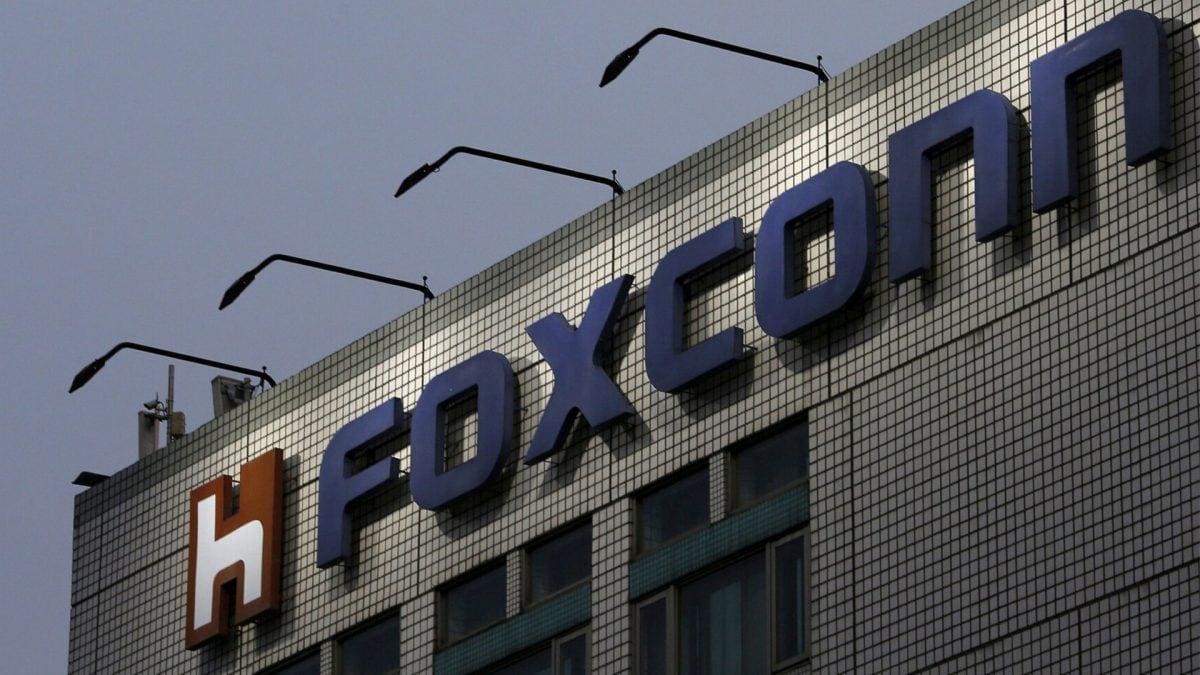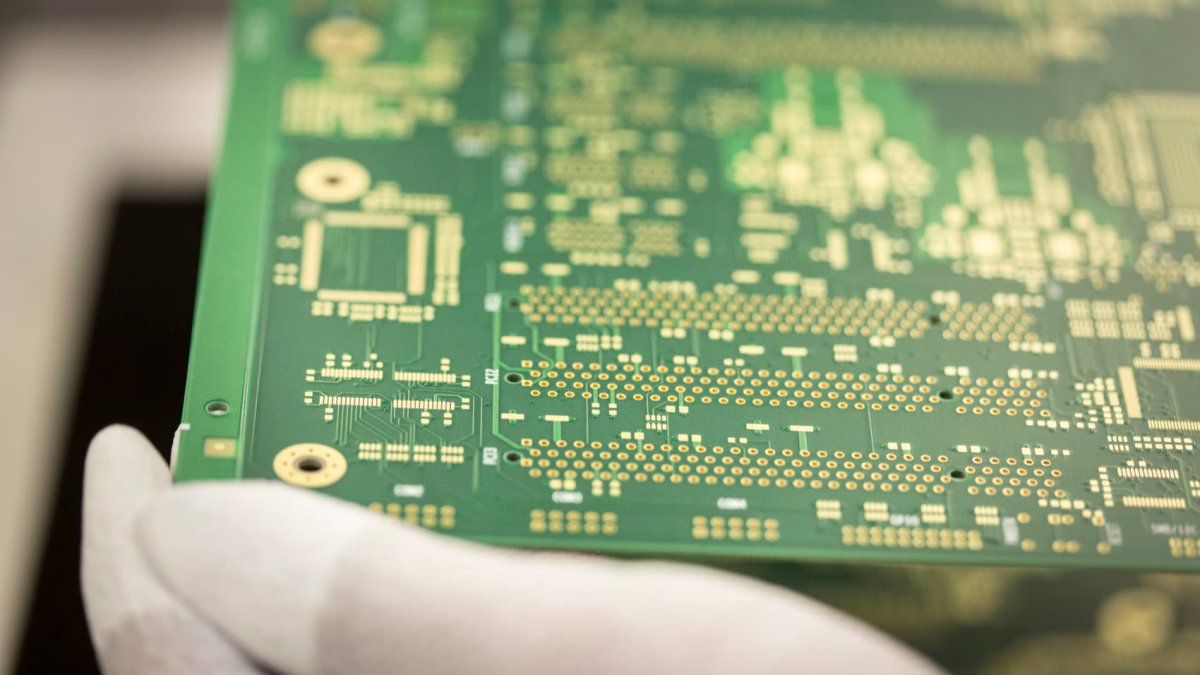Chinese engineers have played a key role in training Indian workers since Apple began scaling up production in India about four years ago. However, now, Beijing is discouraging technology transfers and equipment exports to India
read more
Foxconn Technology Group has sent hundreds of Chinese engineers and technicians back home from its iPhone manufacturing facilities in India, a move that may complicate Apple Inc.’s growing efforts to shift more production to the South Asian country.
The departures began roughly two months ago, with more than 300 Chinese workers having already returned home, Bloomberg reported citing people familiar with the matter. Most of the remaining foreign support staff at the Foxconn plants in southern India are from Taiwan, one person said.
The company has not publicly explained why it is withdrawing so many workers. However, the move comes amid signs that Beijing is discouraging technology transfers and equipment exports to India and Southeast Asia. Earlier this year, Bloomberg News reported that Chinese officials had verbally advised regulators and local governments to tighten controls on such transfers, part of what appears to be an effort to slow the migration of manufacturing out of China.
Foxconn, Apple’s largest iPhone assembler, is in the process of expanding operations in India, where it is building a new iPhone plant. Apple and its manufacturing partners are also preparing to ramp up production of the iPhone 17 in the country.
While the withdrawal of Chinese staff is not expected to affect the quality of iPhone production, it could impact efficiency on the assembly lines, according to one of the people familiar with the matter. Chinese engineers have played a key role in training Indian workers since Apple began scaling up production in India about four years ago.
Apple CEO Tim Cook has often emphasised the value of Chinese assembly workers, saying their skill and experience — rather than just lower costs — have been vital to Apple’s manufacturing success in China. The company has been steadily diversifying its supply chain since former U.S. President Donald Trump’s administration imposed tariffs on Chinese goods. India and Vietnam have since attracted attention as alternative manufacturing hubs.
The shift is gaining new momentum under President Trump’s current tariff proposals. In response, China has imposed restrictions on exports of rare earth minerals, technology, and labour — further complicating the ambitions of companies like Apple.
India now produces about 20 per cent of the world’s iPhones, and Apple had aimed to make most of its iPhones for the US market in India by the end of 2026. Trump has criticised this approach, saying iPhones for American customers should be manufactured in the US, though high labour costs have made such a move economically challenging. Additionally, any Chinese effort to stop the transfer of its skilled engineers would further hinder the feasibility of large-scale US assembly.
Foxconn still manufactures the majority of Apple’s iPhones in China, but the gradual expansion in India has been viewed as a key part of the company’s risk mitigation strategy.
China and India, whose relations have remained tense in recent years, are competing for greater regional influence. While diplomatic ties have slightly improved, direct flights between the two countries have not resumed since recent border clashes, and India continues to restrict Chinese visas and maintain bans on several Chinese apps, including TikTok.
China, meanwhile, continues to uphold a ban on exports of fertilisers to India, though it has eased such restrictions for other countries.


